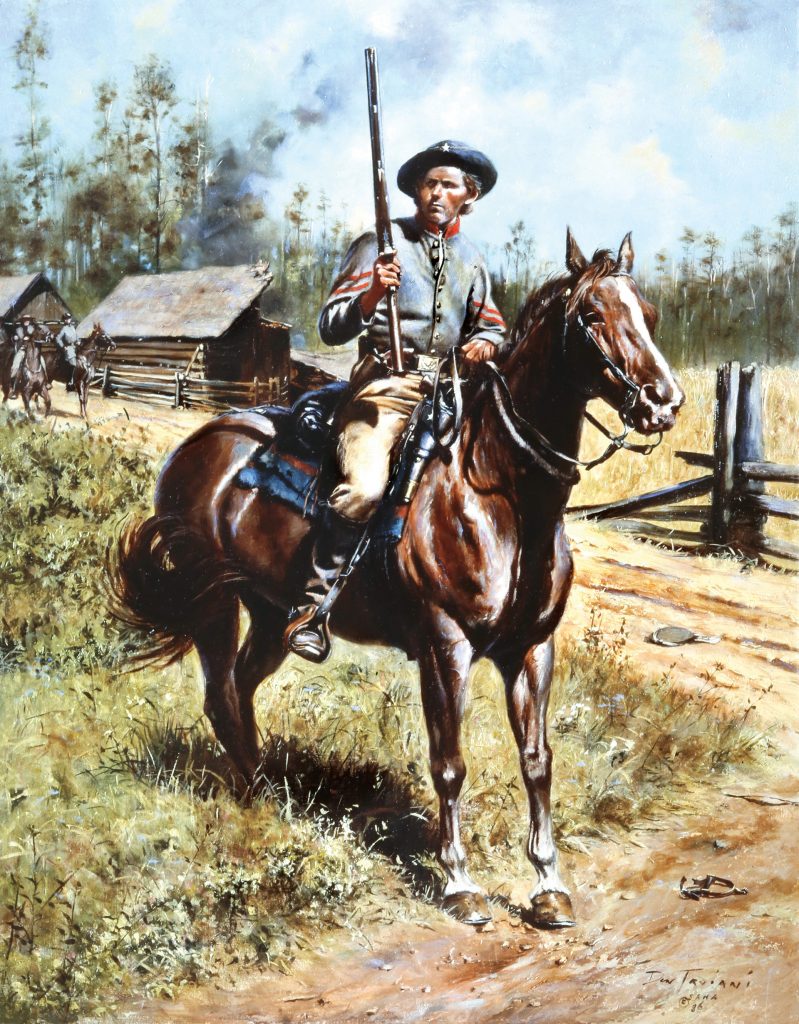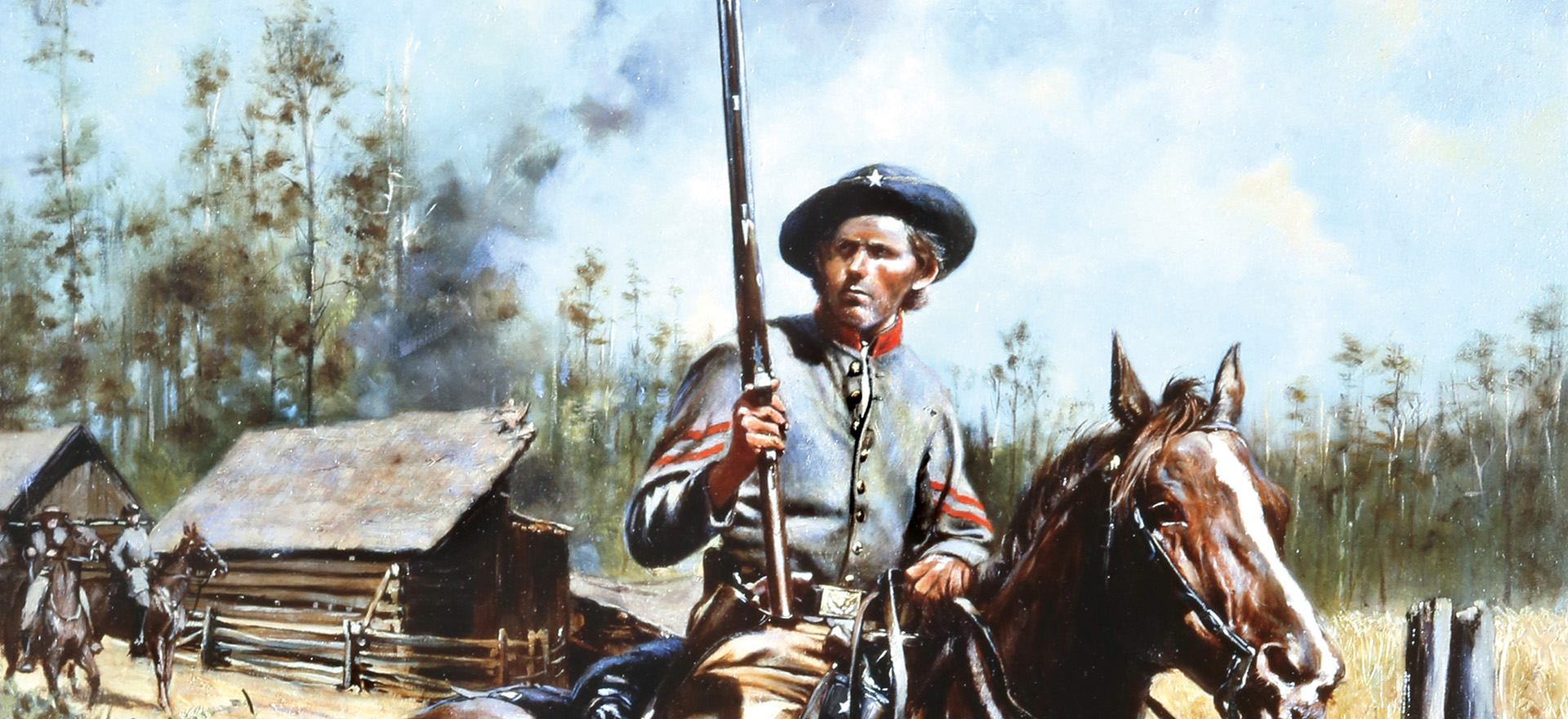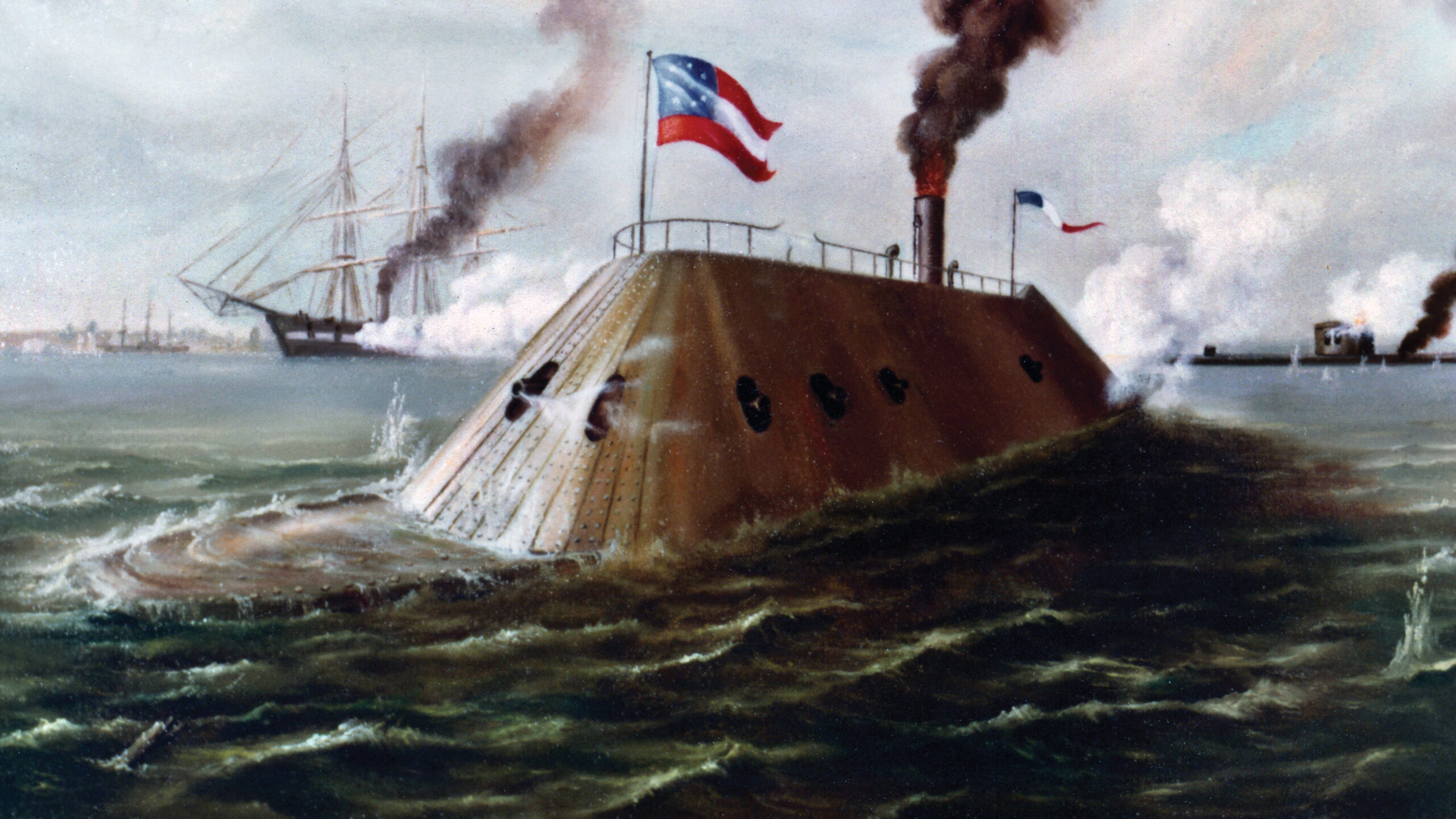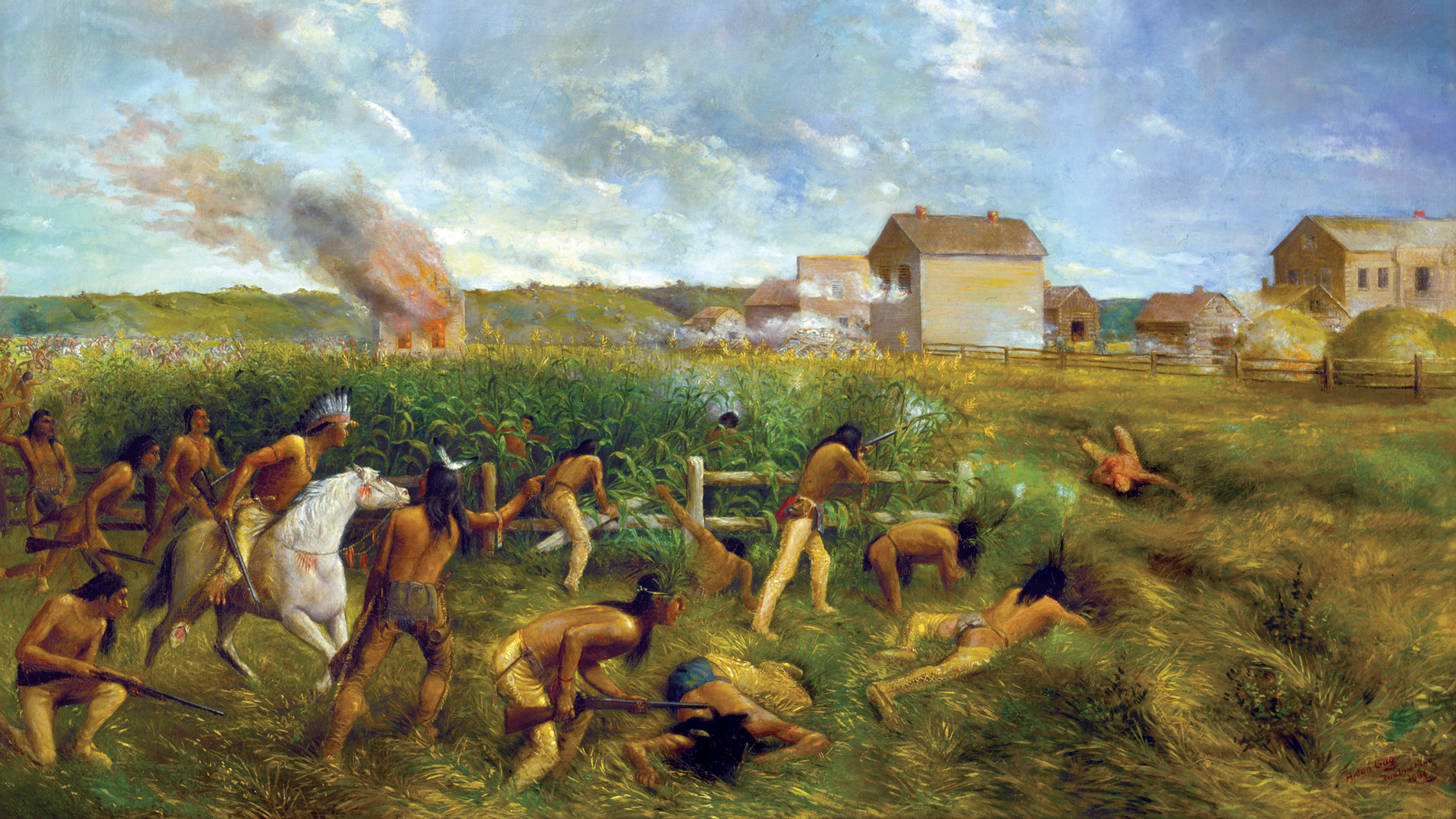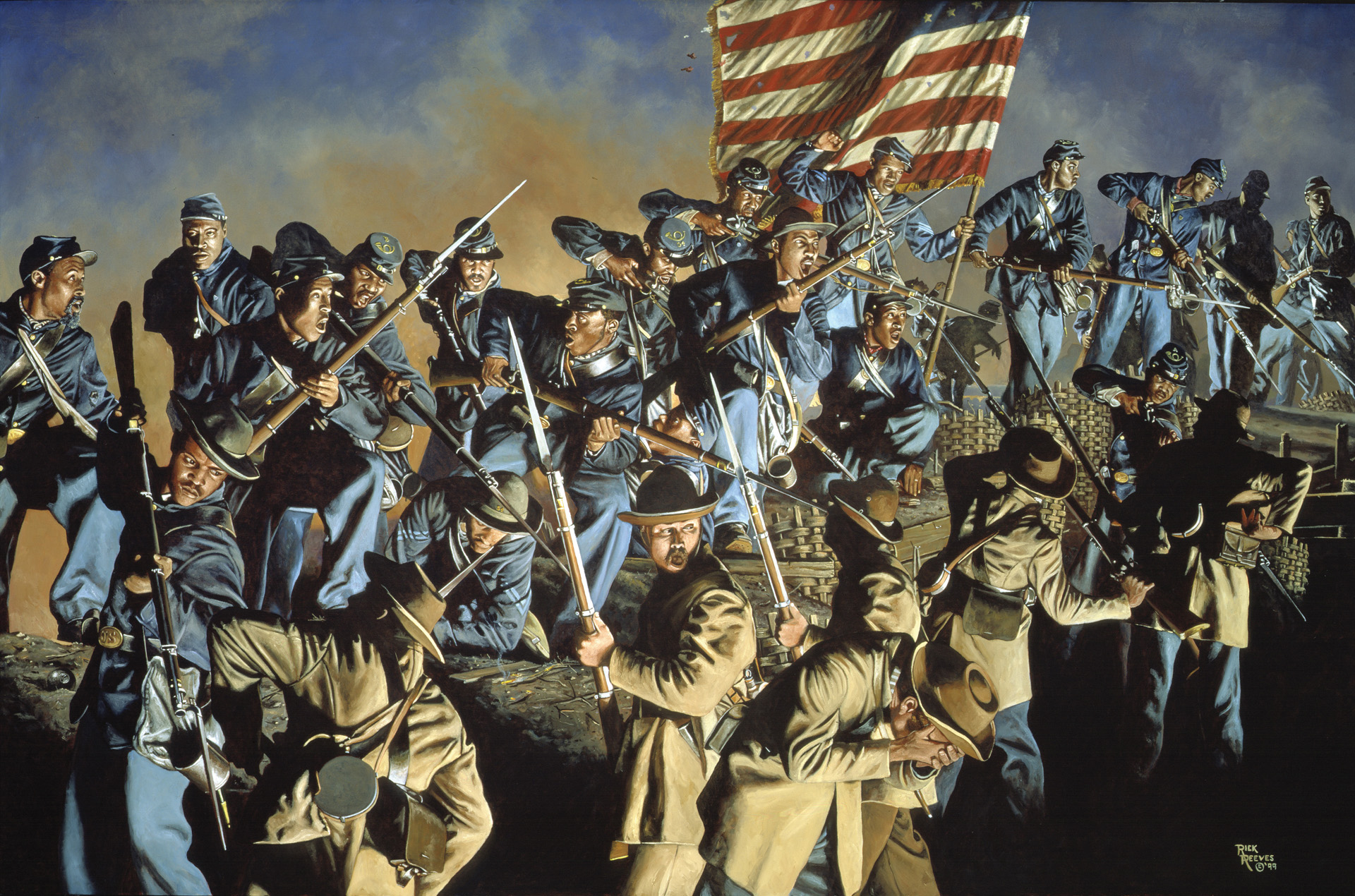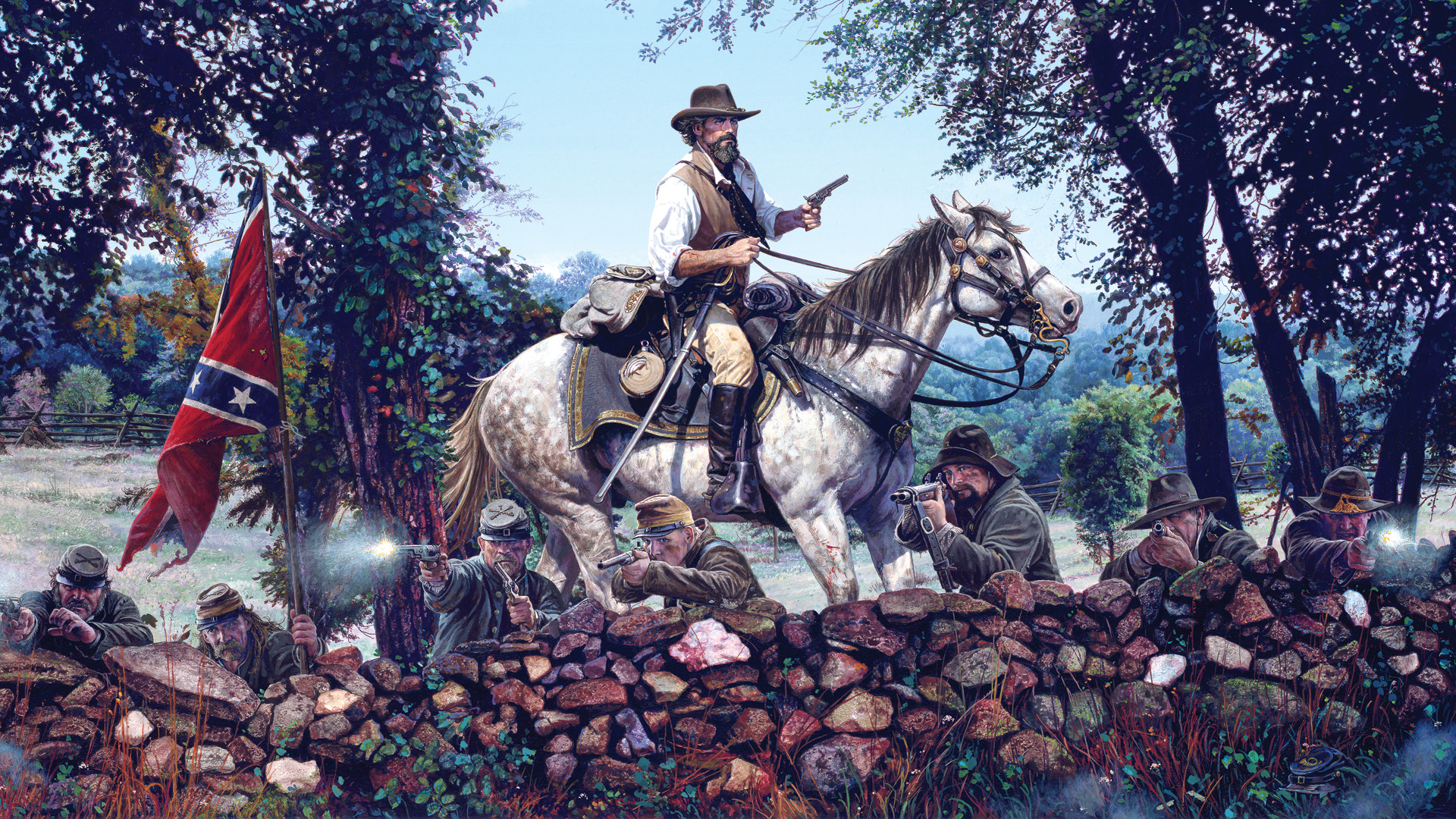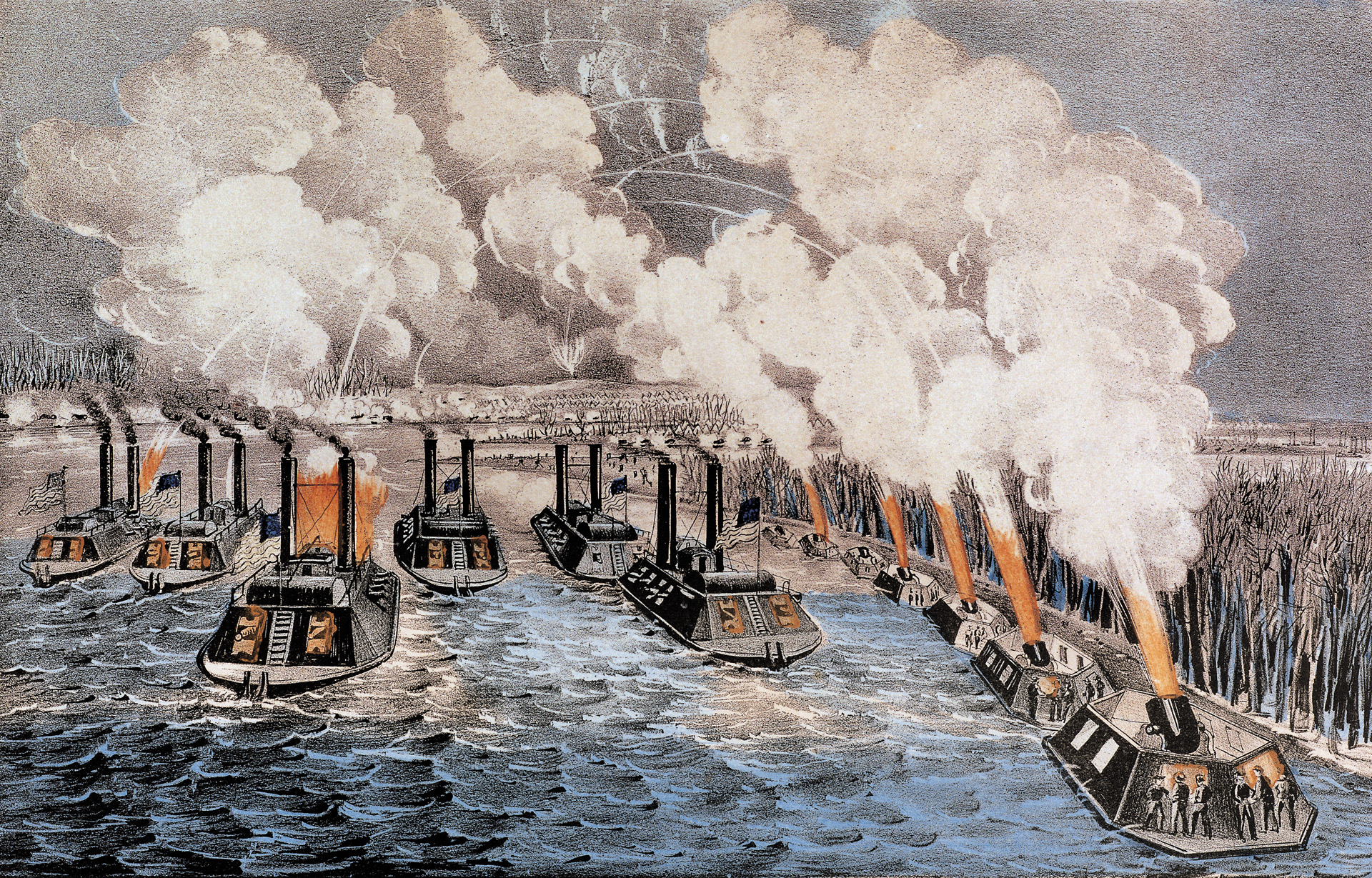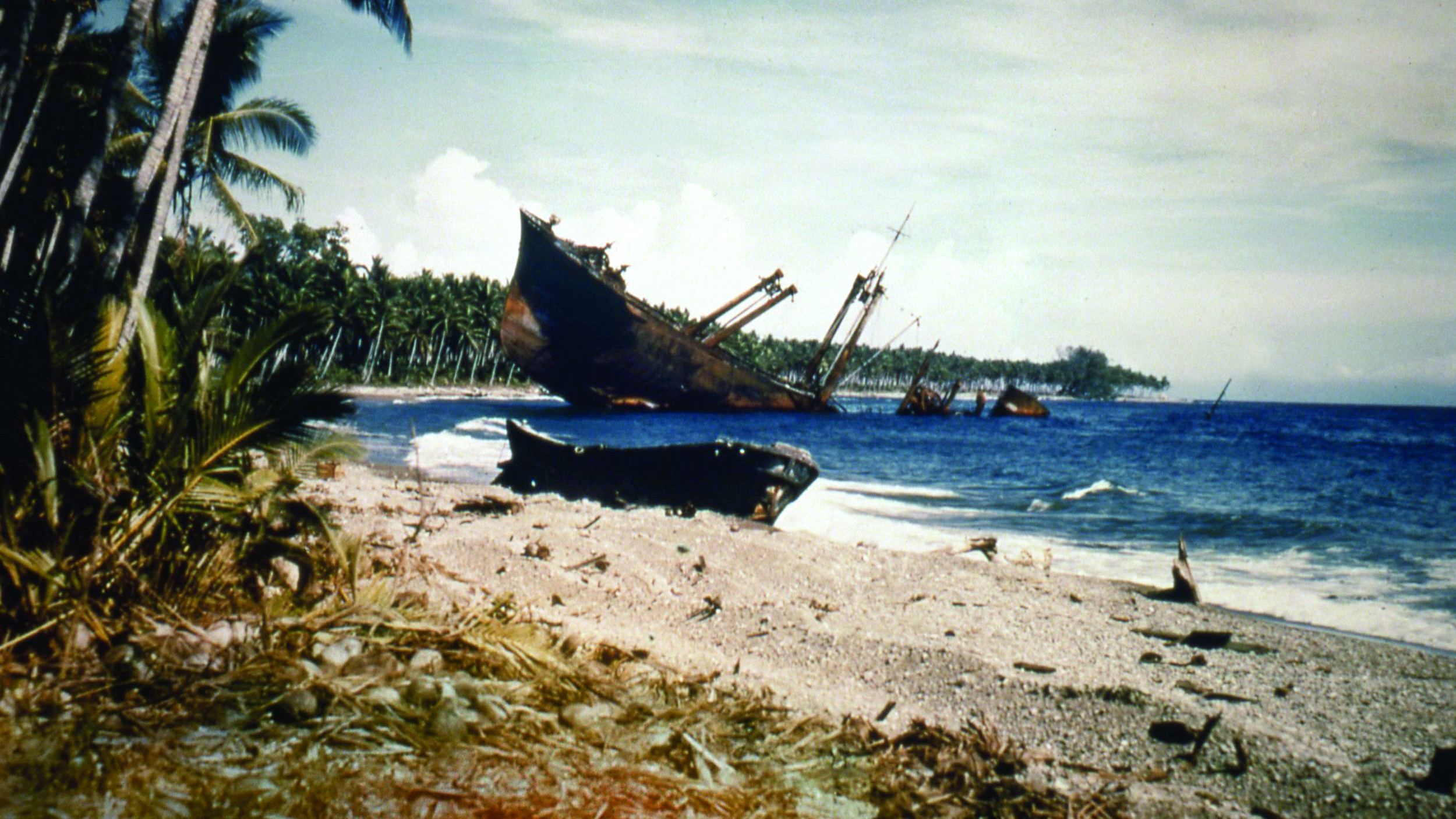By Don Troiani & William Welsh
Colonel Benjamin F. Terry, a sugar planter from Fort Bend County on the coastal plains of Texas, raised the 8th Texas Cavalry Regiment. After receiving permission to raise a cavalry regiment from the Confederate War Department, Terry issued a call for volunteers in August 1861 in Houston. The regiment’s 1,170 troopers entrained in November for Virginia, but they were diverted to Nashville. Terry received a mortal wound in a sharp clash at Rowlett’s Station, Kentucky, in December 1861. His men renamed the regiment Terry’s Texas Rangers in honor of their fallen commander. Afterwards, the regiment served in the Confederate Army of Tennessee, participating in major battles—in which they often fought dismounted—in the Western Theater from Shiloh through the Atlanta Campaign. They also conducted harassment raids against Union supply lines. Their last major action was at Bentonville, North Carolina.
Headgear: 8th Texas Cavalrymen adorned their slouch hats with a handmade “Lone Star” to show pride in their state.
Shotgun: Troopers of the regiment initially carried short double-barreled shotguns. The shotguns, which were extremely lethal at short range, often had a bar-and-ring attached similar to the Sharps carbine. Although they captured some Spencer repeating rifles in 1864, Terry’s Rangers were unable to make good use of them owing to a lack of ammunition.
Uniform: The troopers of the 8th Texas Cavalry began the war with waist-length, red-trimmed gray jackets and red shirts, but as the war dragged on, they had to make do with whatever material they could find. They relied heavily on clothing furnished by their home state.
Waist Belt: Each trooper received a waist belt to which he attached a small pouch to hold the percussion caps for his revolvers and carbine. Cavalrymen in the western theater either thrust their revolvers into their belts for quick access or positioned holsters in front of them.
Revolvers: The rangers also carried at least two revolvers. The most common were the Colt M1851 Navy revolver and the Colt M1860 Army revolver.
Canteen: Confederate troopers carried one or more tin-drum canteens. They sought to exchange their inferior Southern-made canteens for Northern-made U.S. Army tin canteens. The Union Army canteens were covered with wool or cloth that helped keep the water cool.
